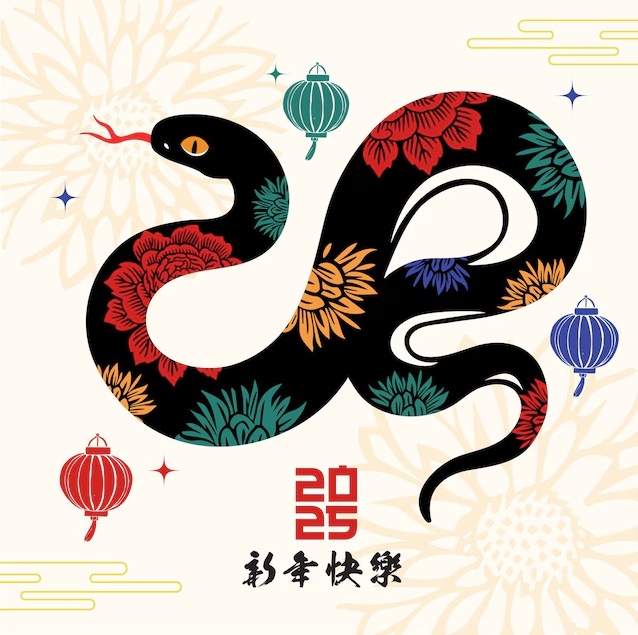Chinese New Year and its Impact on Global Supply Chain
Dr. Jay Guo | MIT Global SCALE Network's Ningbo China Institute for Supply Chain Innovation
January 28, 2025
Chinese Lunar New Year, also known as the Spring Festival, is the most important traditional festival originating in China, celebrated by more than 2 billion people worldwide. Other than the cultural and spiritual meaning the festival bestows to Chinese people, the 15-day long holiday (beginning with Chinese New Year’s Eve to the Chinese Lantern Festival) has a tremendous impact on the global supply chain, largely due to the uncertainty created by surging demand, decreasing manufacturing capacity, and the logistics disruption.
On the demand side, China is the world’s second-largest economy and its middle class, about 200 million people, has unparalleled consumption power. The Spring Festival is the largest shopping fest in China. To prepare for the annual family reunions and the New Year Banquet, almost every Chinese family goes out to shop for gifts, decorations, and groceries. The consumption power raises the demand to a level that has potential to devastate every part of the supply chain (i.e. the retailer, wholesaler, and factory, to name a few). For global brands that sell in China, they must carefully plan their supply chain capacity at least 2 months ahead of time, paying special attention to the potential backlogs and overstocks.
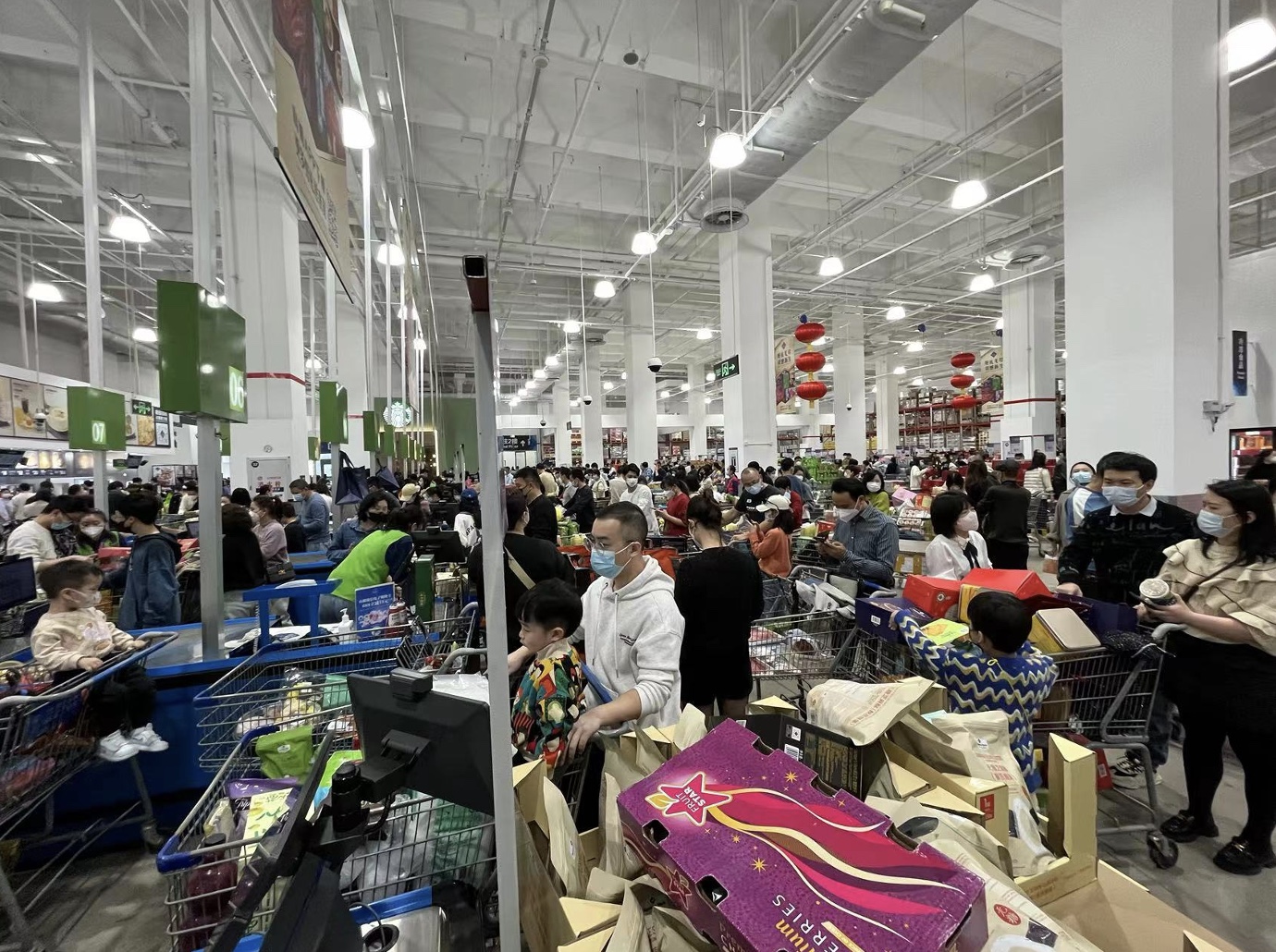
A normal day of operation at Sam's Club in China.
On the supply side, China, by far, is still the global manufacturing hub. Using Amazon marketplace as an illustration, in Amazon platform, Chinese sellers constitute 50% of the overall top sellers (U.S. sellers constitute 45%). So when hundreds of millions of workers take a few weeks off and travel back to their hometowns for family reunions, the labor shortage causes most factories in China to reduce their production. In general, factories across China halt operations for at least 7-10 days, with many shutting down even longer for 2-3 weeks. Thus, the global market that relies on Chinese imports will face a potential 2-3 weeks’ production downtime. In this case, it is critical for supply chain teams to plan early to avoid the potential bottleneck.
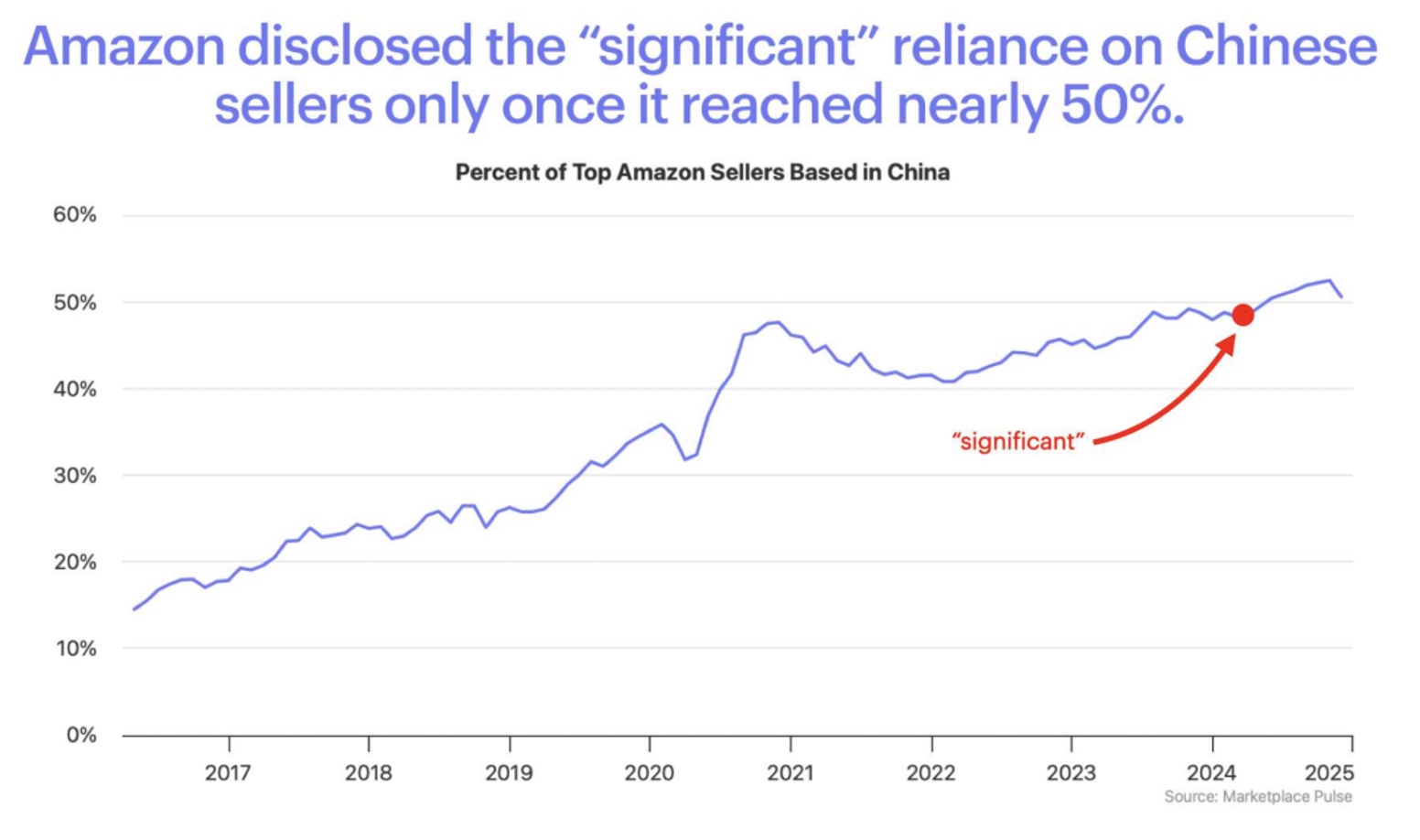
Source: Marketplace Pulse
Another aspect that is heavily impacted is logistics. There are two sources of disruption: congestion and lack of labor. The Spring Festival travel rush in China (called “Chunyun”) has long been known as the largest human migration in the world with almost 1 billion people traveling across the nation, bringing heavy traffic to the transportation system (road, railroad, and airway). During the Chunyun season—usually lasting a month—the Chinese logistics system is under extreme pressure.
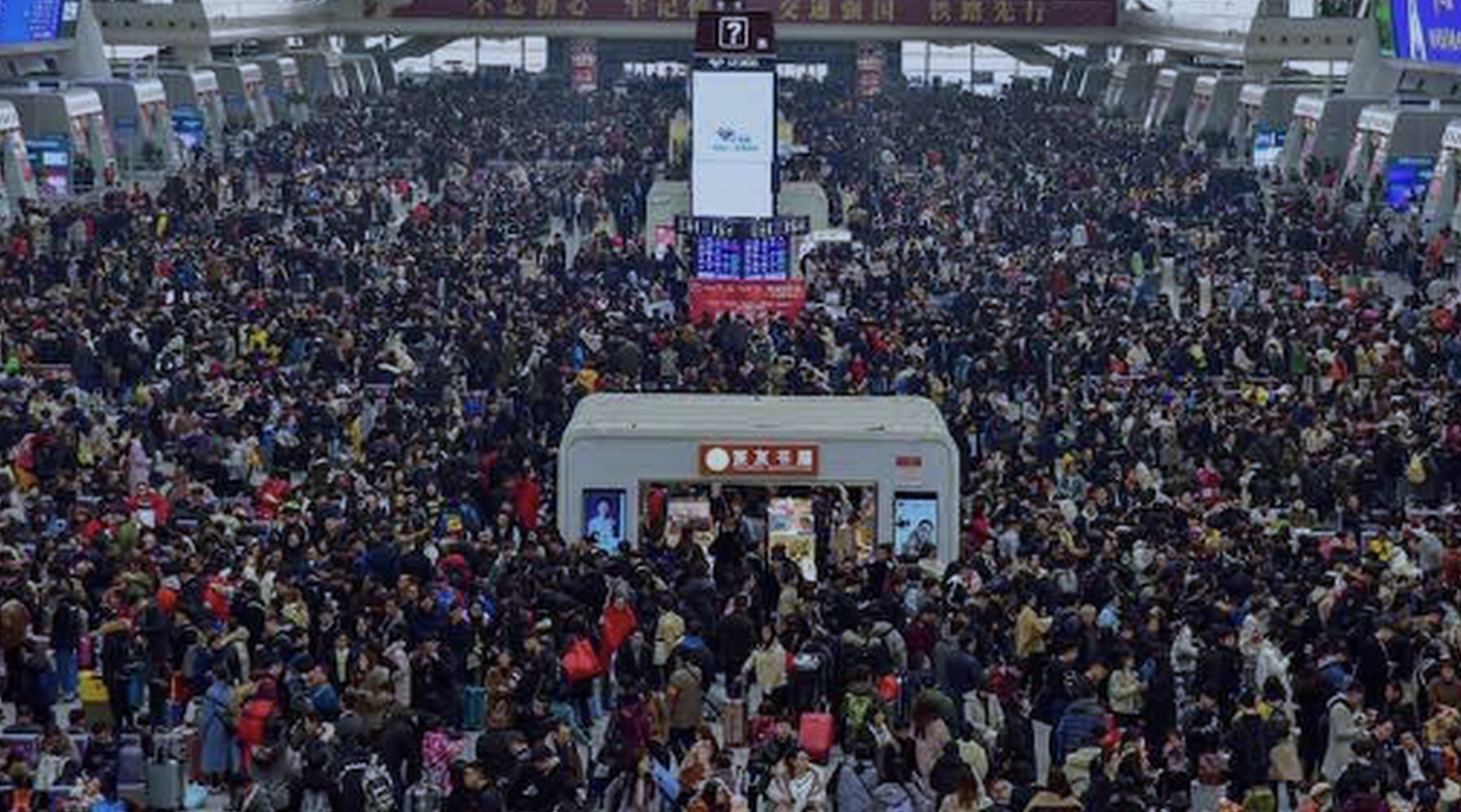
Shanghai Hongqiao Railway Station during a typical Chunyun Day.
The freight movement within China during this period is heavily affected. For example, if you order something online at this time, it is normal to expect a significant delay of up to 2 - 3 weeks. The other disruption comes from the shortage of labor. Logistics is a labor-intensive industry, and when most workers are taking vacations during the holiday season, the operation of depots and warehouses will slow down, and the container throughput at major ocean ports will be delayed.
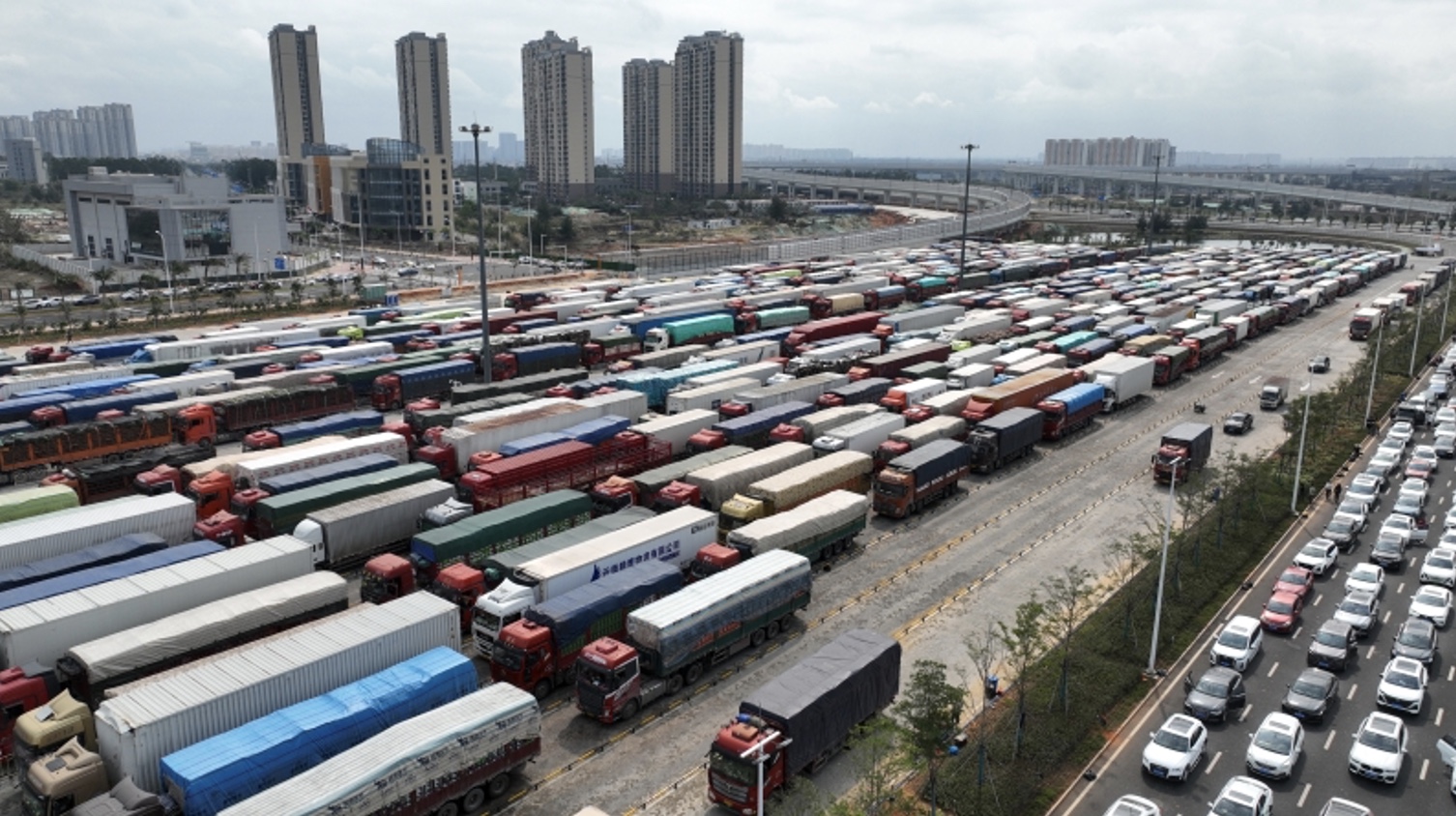
Ningbo-Zhoushan Port, the largest port in the world for 15 consecutive years in terms of total annual throughput, where MIT CTL’s Ningbo China Institute for Supply Chain Innovation (NISCI) is located. Here, containers loaded at the yards are waiting in line to be offloaded.
As the Chinese New Year approaches, businesses that failed to prepare for these disruptions will encounter financial losses. However, there are indeed strategies available to mitigate Chinese New Year supply chain challenges in short-term and long-term.
Dr. Jay Guo is the Dean and Professor of the the MIT Global SCALE Network's Ningbo China Institute for Supply Chain Innovation, and a Research Affiliate of the MIT Center for Transportation & Logistics.
If you’re celebrating the New Year, we hope it is a happy and healthy one.
